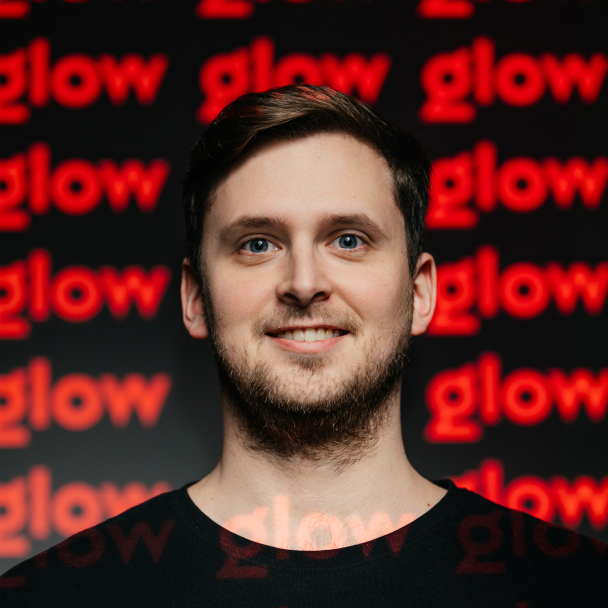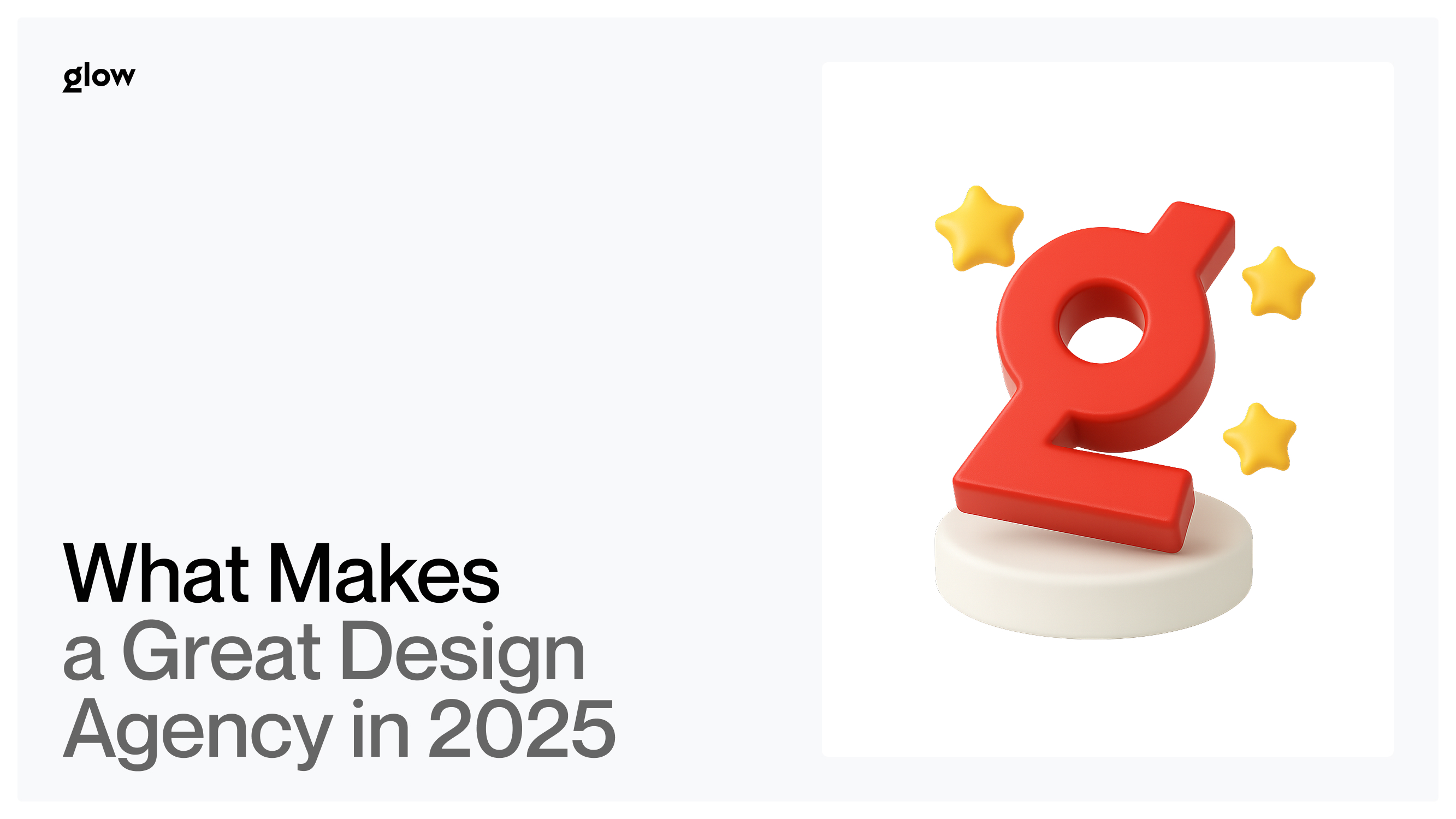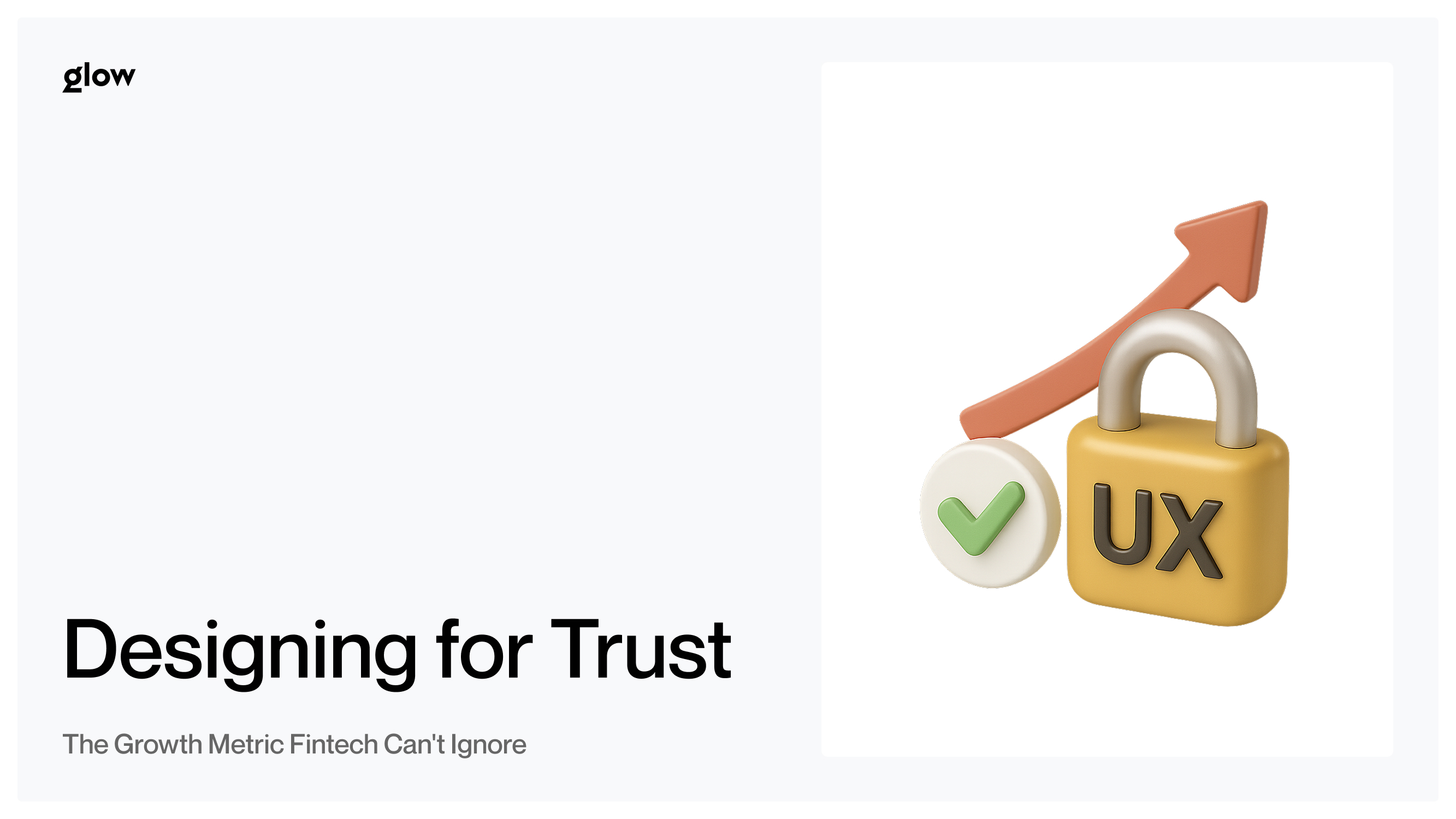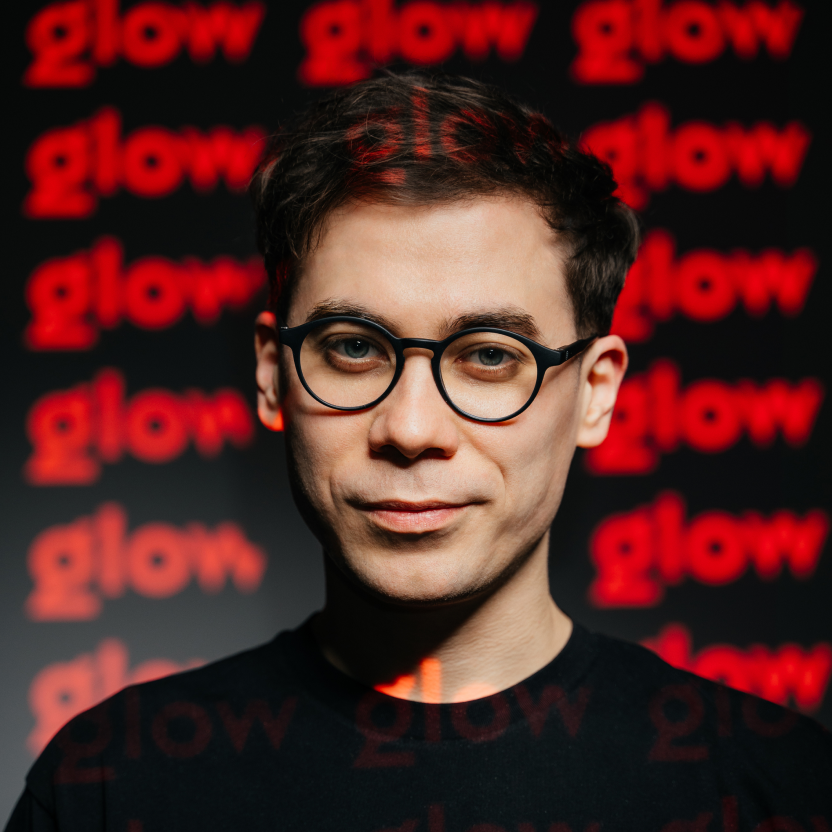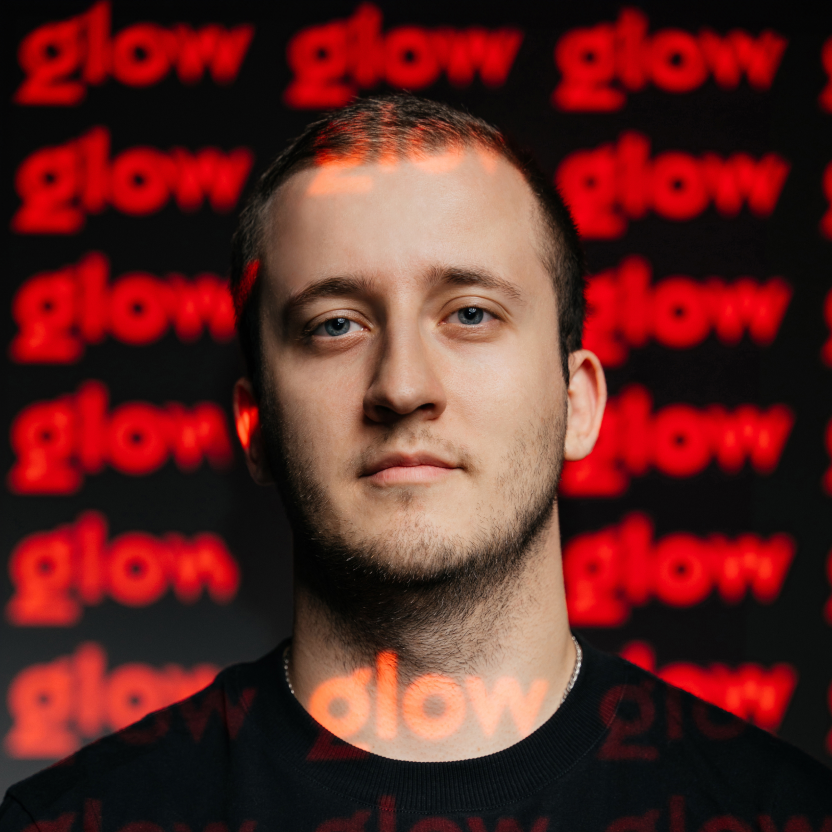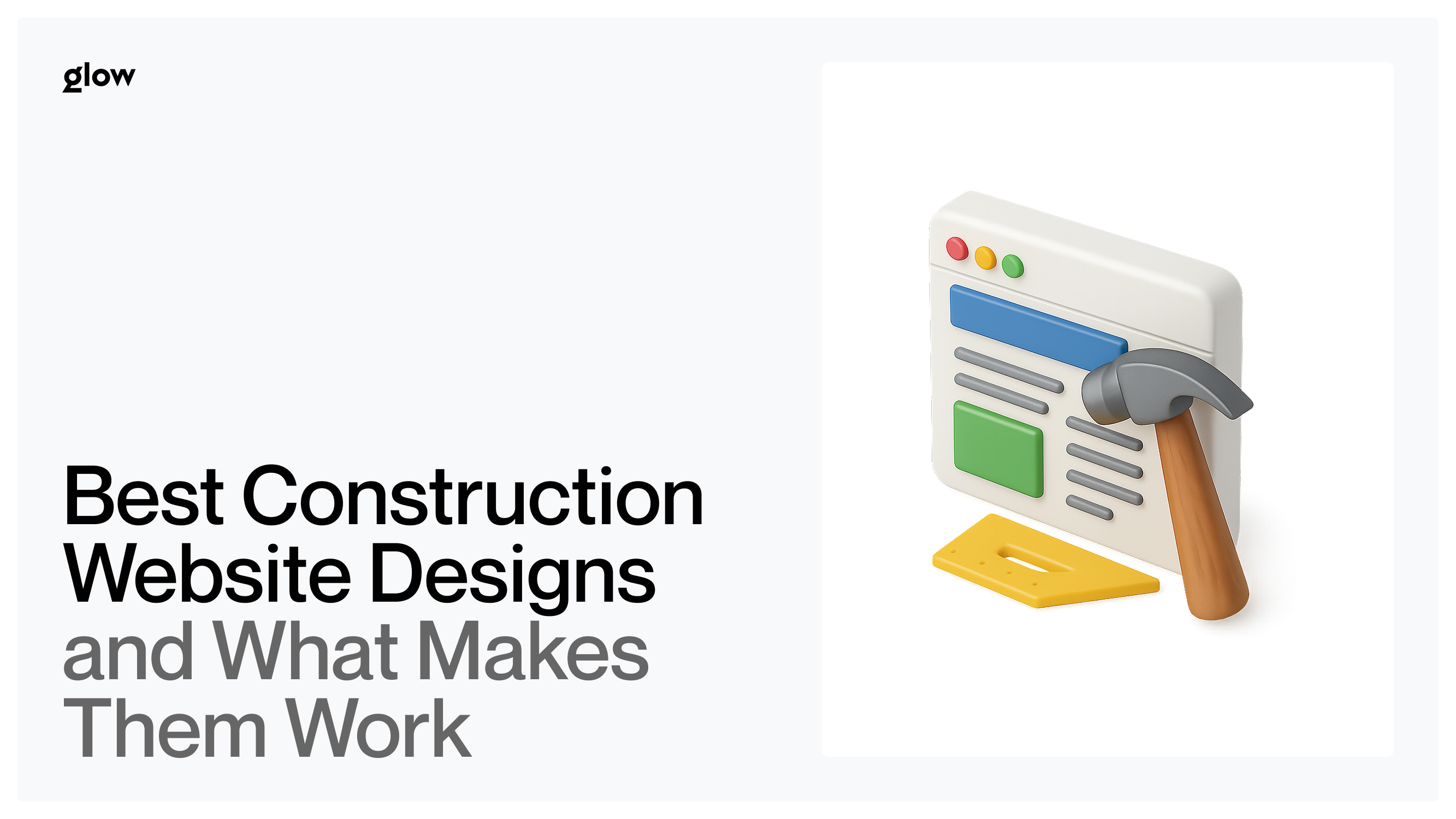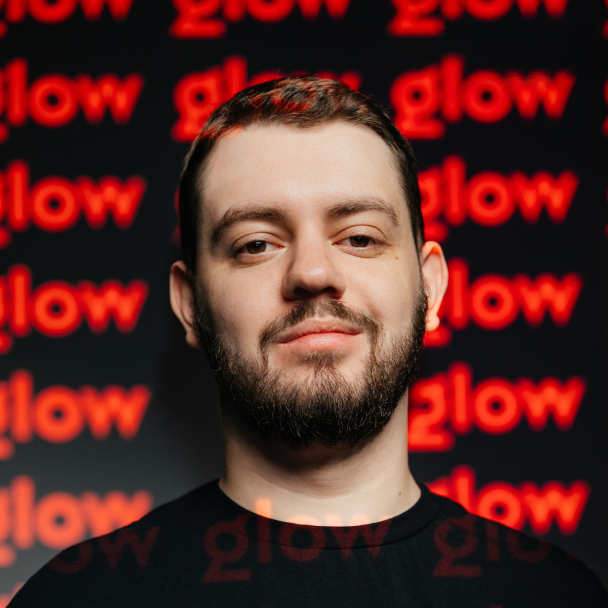In 2025, a design agency is no longer just about "beauty." It is a strategic partner that shapes brand perception, influences user decisions, and directly drives business metrics. The market has changed dramatically: companies are no longer looking for contractors — they want allies. They want someone who can think in terms of both their growth and human experience simultaneously.
The Evolving Role of Design Agencies

Over the past few years, the role of design agencies has transformed from operational to strategic. Whereas agencies used to receive a ready-made technical assignment and carry it out, today's great design agencies begin their work by asking questions such as: "Why does the business need this?", "What user problem are we solving?", and "How can we measure success?" This is a shift from execution to a close partnership.
According to McKinsey research, companies with a strong design culture show revenue growth 32% faster than their competitors and 56% higher shareholder returns. Design has become a business function, not just an aesthetic superstructure.
Trends that define the new reality:
- Digitalization of everything: products, services, and communications are going digital, and design is becoming the main interface between the brand and the customer.
- AI integration: from content generation to user experience personalization, artificial intelligence is part of every stage of design.
- Personalization at speed: users expect the product to adapt to their needs, context, and behavior.
- Inclusivity as standard: design for everyone, regardless of age, ability, or cultural background, is no longer an option.
Companies that invest in UX get a return of $100 for every dollar invested. And quality UX increases conversion by 200-400%. In this context, the best design agency is not the one that creates a "wow effect," but the one that creates sustainable growth through a well-thought-out, tested, and measurable experience.
Core Qualities of a Great Design Agency
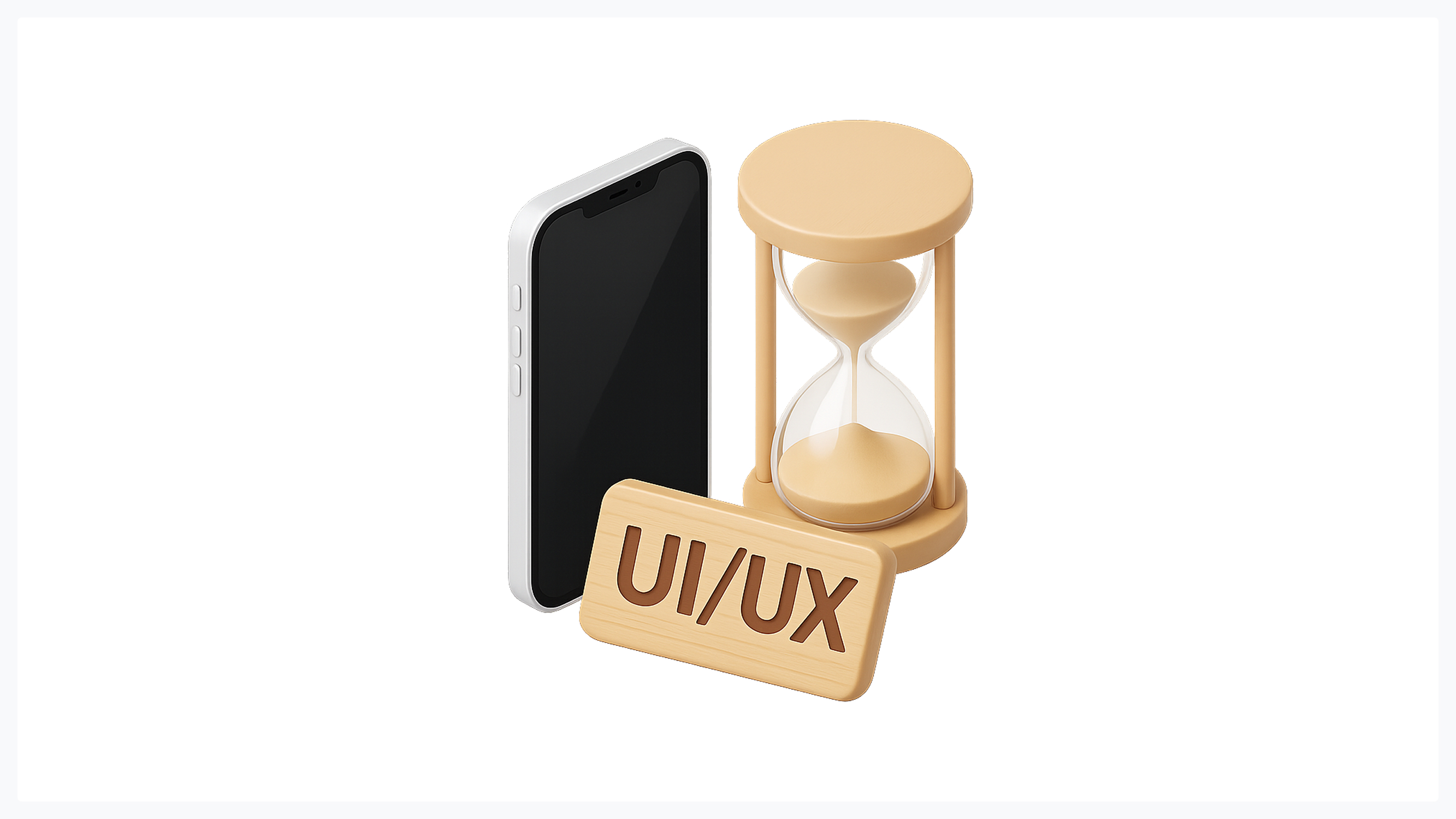
What will distinguish a strong agency in 2025? It will be a combination of strategy, data, and a deep understanding of human behavior. If you are considering an agency, it should be composed of people who not only draw, but also think and create long-term solutions. We highlight several key metrics that define a great design agency today:
Strategic and Data-Driven Mindset
A modern agency starts not with wish boards, but with analytics. It immerses itself in the client's business goals, studies user behavior, and analyzes competitors and the market. Design solutions are built on data: A/B tests, heatmaps, user interviews, and engagement metrics.
Data-informed design is an approach where every visual or interactive solution is based on the actual behavior of the audience. The agency doesn't guess what will work — it tests, measures, and adjusts. In 2025, the best design agency will be able to work with Google Analytics, Hotjar, Mixpanel, and other analytics tools as confidently as with Figma.
User-First Design Culture
UX and UI are not just trendy acronyms, but the foundation of any digital product. Absolutely every competent agency will build the process around the user: their goals, pain points, and context of use. This means rapid prototyping, regular usability testing, and an iterative approach.
Mobile-first is no longer a trend — it's a basic requirement. More than 60% of traffic comes from mobile devices, and the design must work flawlessly on any screen. Accessibility is another key marker of maturity, encompassing elements such as color contrasts, font readability, keyboard navigation, and screen reader support. If the product is inaccessible to part of the audience, it is a design failure, not a technical nuance.
Collaborative and Transparent Workflow
The best agencies do not work behind closed doors. They build transparent and open processes where the client is not just a customer, but a partner. This means regular communication, access to working files, joint workshops, and open discussion of solutions.
Cross-functional teams are the norm. Designers, developers, marketers, and strategists collaborate from the project's inception. There is no "wall" between design and code, no passing things "over the fence." In a great design agency, everyone involved in the process understands each other's context, goals, and limitations.
Tech-Savvy and AI-Enhanced Approach
AI has changed the design industry, but not in the way many expected. Great agencies don't replace creativity with algorithms — they enhance it. AI tools help speed up routine tasks: generating interface options, automating research, creating visual content, and analyzing user data.
Today's top design agencies utilize ChatGPT for text prototyping, Midjourney for conceptual visuals, and AI-powered analytics to forecast user behavior. But most importantly, they understand the limits of technology. AI does not make strategy, replace empathy, or make final decisions. It is a tool that makes the team more effective.
Diversity and Authentic Inclusivity
Inclusivity is not a checkbox in a presentation, but a real practice. Strong agencies are designed for everyone, regardless of age, culture, ability, or language. They understand that design for one demographic group excludes others.
Beyond tokenism means going beyond formal representation. It is not enough to add faces of different nationalities to a banner. It is essential that the product effectively works for diverse audiences, supporting multiple languages, taking cultural contexts into account, and being accessible to people with disabilities. In 2025, this is not "good practice" — it is a prerequisite for success.
Measurable Results and Business Impact

Agency designs are not limited to aesthetics — they affect business metrics. A website redesign should improve conversion. A new app interface should increase retention. Rebranding should strengthen recognition and trust. If the design does not move the numbers, then something has gone wrong.
Metrics that show success:
- Conversion growth: how many visitors perform the target action
- Bounce rate reduction: users stay on the site because they found what they were looking for
- Session time increase: the product engages and retains attention
- Improved NPS: users recommend the product to others
- Increased retention: people come back again and again
For example, the Glow Team worked on redesigning a fintech product to increase registration conversions. After redesigning the form, simplifying navigation, and optimizing the mobile version, conversions increased by 47% in the first month. This is not magic — it is the result of a data-driven approach, testing, and understanding user barriers.
Great design agencies always work with metrics. They understand which KPIs are most important to the client and design solutions to drive those metrics. This is the language that business speaks, and the best teams are fluent in it.
The Human Element Behind Great Design
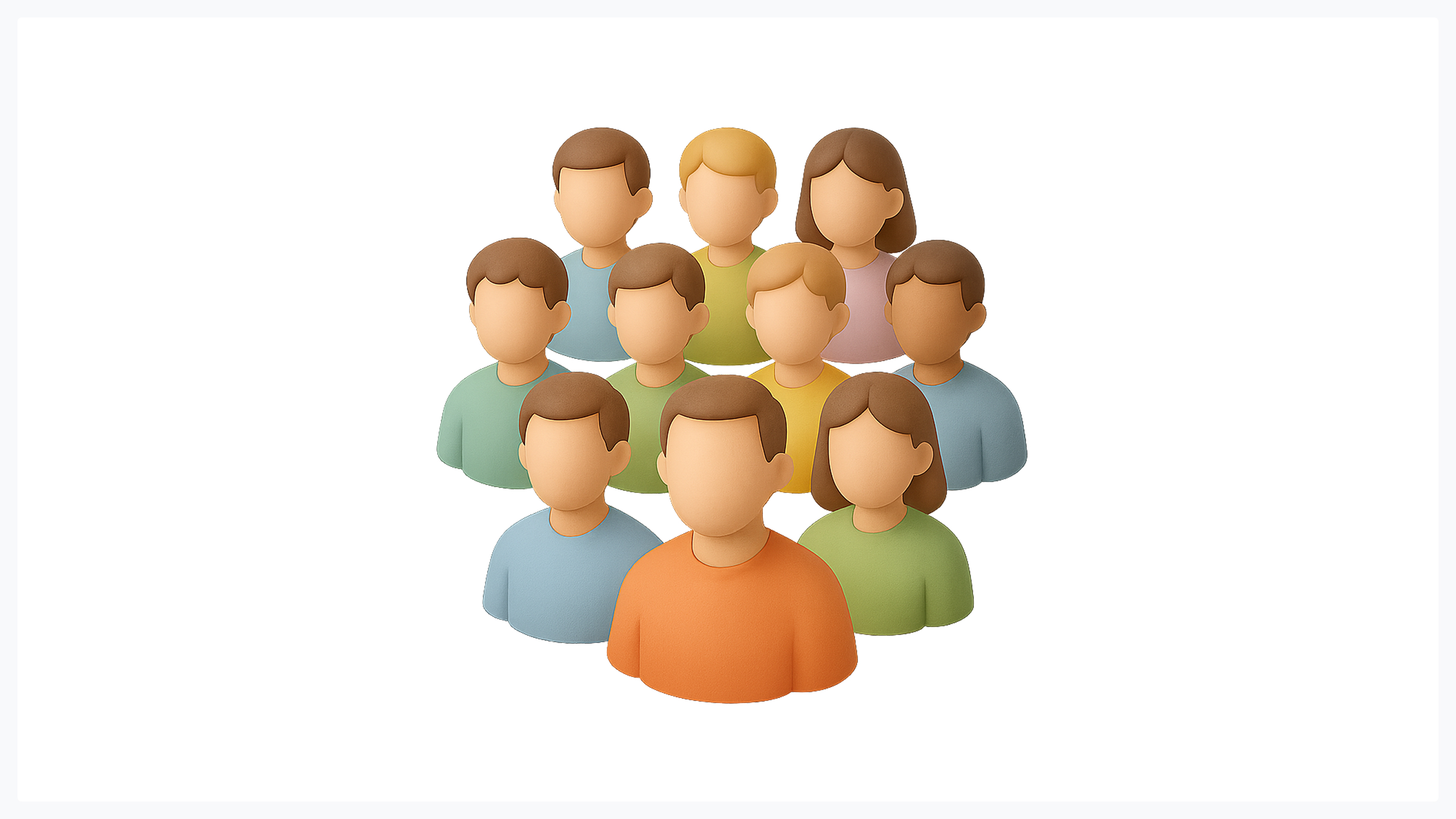
Technology, processes, metrics — all of these are important. But at the heart of any great agency are people. Talent, mindset, and team culture are the key factors that determine the quality of the output.
The best agencies create an environment where designers feel free to experiment, make mistakes, and grow. It's a culture of trust, where ideas are discussed openly rather than filtered through a hierarchy. It's an environment where learning and development are part of the workflow, not a "bonus if we have time."
Leadership plays a key role. In the best design agencies, leaders don't just manage — they inspire, mentor, and protect the team's creative space. They understand that burnout, routine, and fear of failure kill innovation. That's why they invest in well-being, balance, and growth opportunities.
Mentoring and knowledge sharing are other signs of maturity. Teams where seniors share their knowledge with juniors, where internal workshops and peer reviews are held, grow faster and create higher quality products.
How to Choose the Right Agency for Your Business
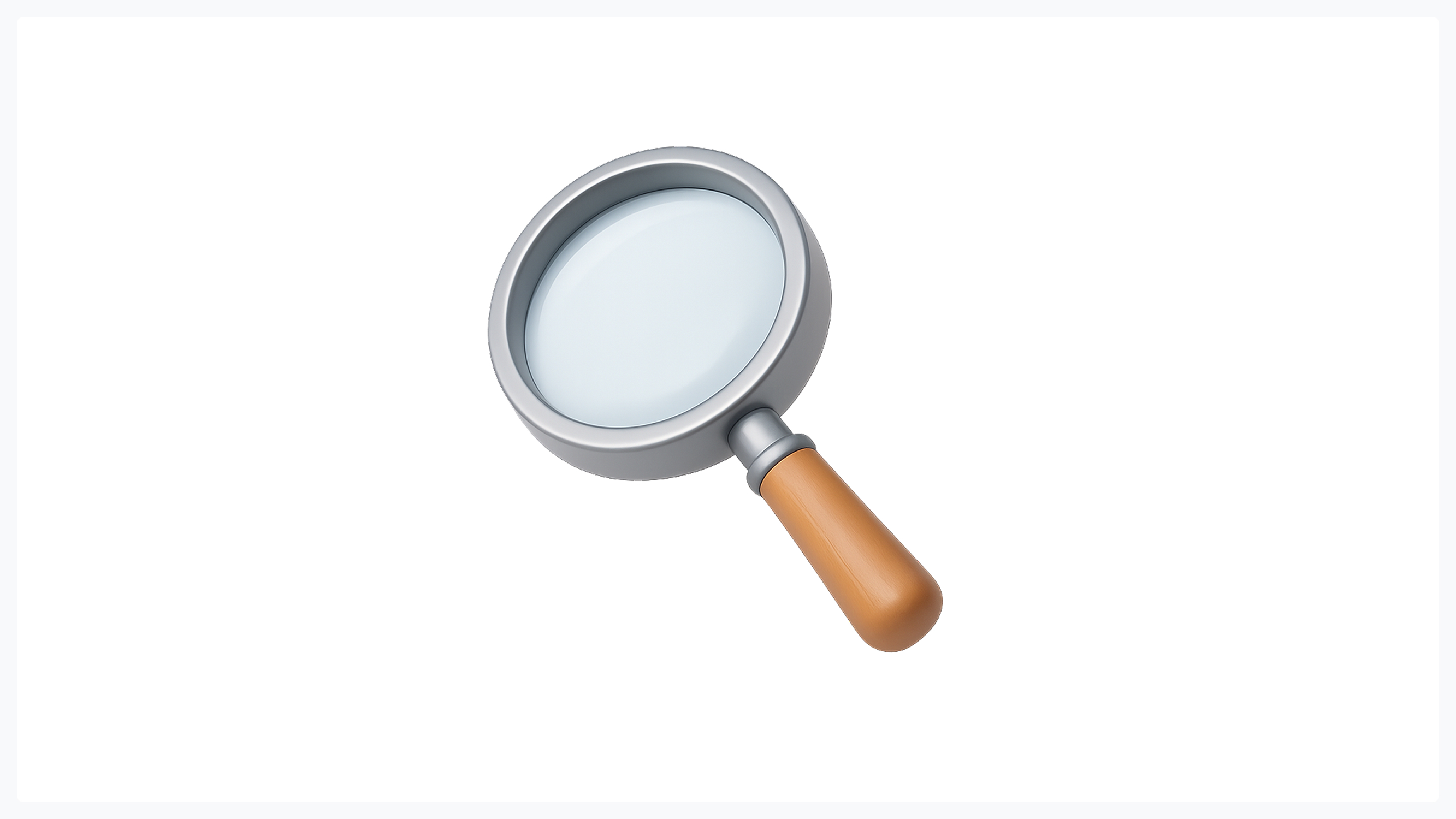
How can you tell if you are dealing with a truly strong agency, and not just a beautiful portfolio? There are a few simple practices:
- Evaluate the portfolio strategically
Look not only at the visuals, but also at the results. What tasks did the agency solve? What metrics improved? Are there any similar cases in your industry or task? The portfolio should showcase not just "pretty pictures," but also thinking, approach, and results.
- Study the culture and processes
How does the agency work with clients? How open is the process? How often are there synchronizations? Who will be your point of contact? A great agency doesn't hide behind NDAs and closed doors — it invites you into the process.
- Check the depth of expertise
Ask tough questions: How do you approach UX research? How do you work with analytics? How do you integrate AI? What tools do you use? A strong team will respond specifically, with examples. A weak one will speak in generalities.
- Look for a partner, not a contractor
An excellent design agency doesn't just fulfill the technical specifications — it challenges them, offers alternatives, and thinks about long-term strategy. If an agency agrees with every decision you make without question, that's a red flag. A partner should be honest, even if it's uncomfortable.
Looking for a design partner? Contact the Glow Team to initiate a conversation about how design can drive your growth.
Conclusion: Redefining Excellence in Design
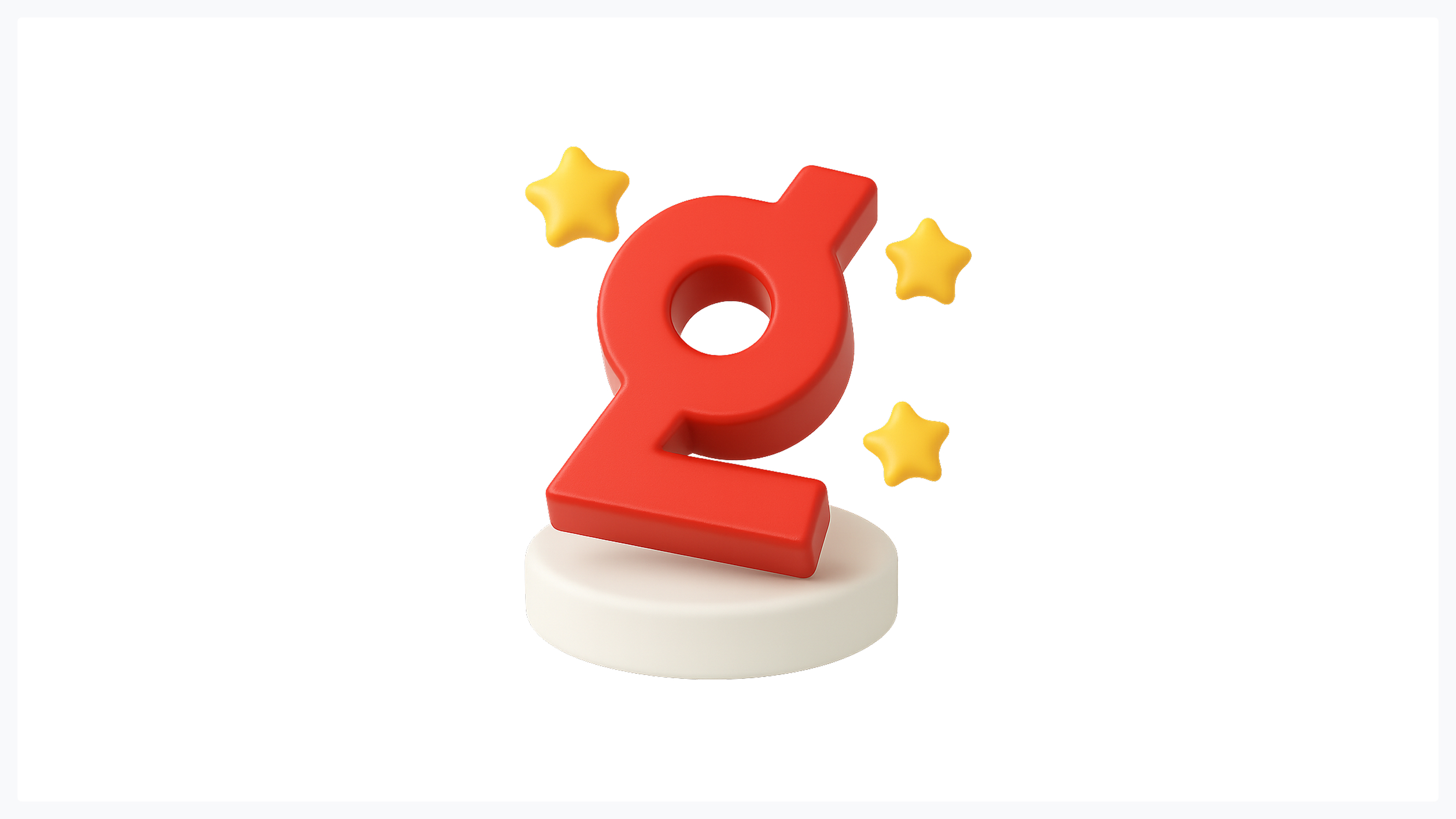
In 2025, design agencies are all about teamwork, leveraging strategy, technology, and humanity. It's not just about drawing interfaces, it's about shaping experiences that influence perception and drive business results.
When choosing an agency, don't look for those who promise "beautiful design." Look for those who ask the right questions, speak the language of metrics, are willing to be honest, and think about long-term value. Look for the best design agency that will be your partner in growth.
Design in 2025 is not a service. It is an investment in the future of your business. And the right partner can turn that investment into a sustainable competitive advantage.
